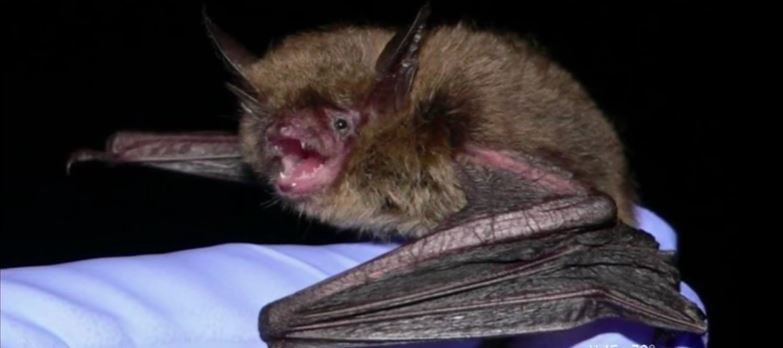Finding and Removing a Dead Bat

Bats can be beneficial to human due to their ability to eat large amount of insects. Unfortunately, an encounter with dead bat can expose you to some risks. They can carry parasites and pathogens that can transmit zoonotic diseases. During the cold season, the bats will exhibit a minimized movement. A motionless bat that is lying on the ground may seem to be dead, but it can immediately bite you when you approach it. Since they can enter an opening that is at least ½ inch, you may find a dead bat in your ceiling, woodshed, walls, and attic.
The Dangers of Encountering a Dead Bat
There are lots of reasons on why you need to immediately remove a dead bat in your property. The dead bat can be infested with pests such fleas, flies, and maggots. Although removing them can be a struggle, the stench that it releases will only become unbearable as time passes by. However, you still need to be careful in removing them. The rabies virus will eventually disappear after the death of the host, but you need to pay attention to all the safety measures. In most cases, the carcass is also located near their droppings that can carry fungal diseases that may be lethal to human.
In order to avoid dealing with the dead bats in the first place, you need to block all the possible entry points in your property such as the pipes, vents, doors, and windows. Unfortunately, trapping them during the spring and summer months can trap the small bats that are living inside your property. The small bats that will be trapped in your house will eventually die since they are dependent with their mothers.
In the event that you are suspecting that you have a dead bat in your property, start by searching the place where it probably roosts. This will normally be the crawl spaces such as your garage and your attic. Examine the place and look for a possible sign that they are living there such as bat droppings. Make sure that you are properly covered. Their urine and feces can contain parasites that can transmit diseases to you.
If you did not find a dead bat there, your next option would be the place in your house that invites insects. Bats will consume any type of insects, ants, and mice. Looking for the place where these pests are gathering will most likely lead you to a dead bat. If this place still doesn’t reveal a dead bat, try to follow the strong foul odor. A strong decaying scent is an indication that there is something dead on that location and it can be your dead bat.
After successfully finding the dead bat, make sure not to hastily touch it using your bare hands. Their feces are not the only thing that presents danger to you. Their dead bodies can also carry zoonotic disease. Make sure that you will cover your hands with gloves and cover your mouth and nose with a surgical mask.
Read the How to get rid of bats page for helpful information and to learn more about Finding and Removing a Dead Bat

